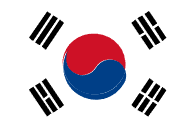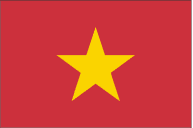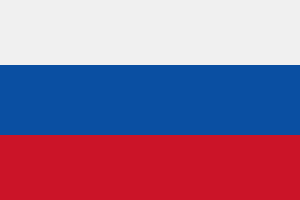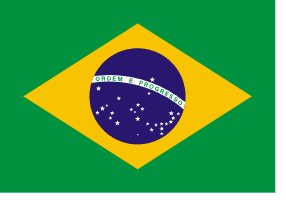When purchasing any item, we should clearly define the intended use case and then choose accordingly. This use case determines the key parameters we should consider.
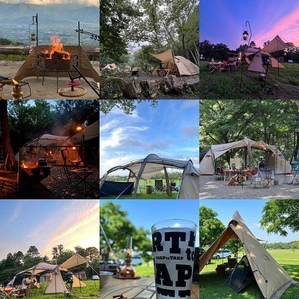
1. Portability: This includes weight and folded dimensions (related to the size of your trunk).
2. Convenience: Is it easy to set up? Ideally, one-click unfolding is recommended.
3. Waterproofing: If we were to rank them, waterproofing would be the top priority. You can't just go swimming after it rains. There are construction tips later in this article.
4. Wind resistance: This is second only to waterproofing in importance. Wind resistance is determined by shape, weight, and structural strength.
6. When camping outdoors, be sure to choose bright, eye-catching colors for safety reasons. This isn't a consideration for camping in parks or campgrounds.
7. Thermal insulation. The core purpose of putting "thermal insulation" first is to tell everyone: Forget the fuss about three-season and four-season tents. Those terms are from years ago. In 2023, don't dwell on them. A four-season tent is simply one that can withstand winter's heavy snowstorms, boasts more poles, is thicker, and has a sturdier fabric. These days, a typical tent and sleeping bag will handle temperatures around 0°C perfectly. Of course, this isn't an absolute recommendation, as everyone's temperature sensitivity varies. If you've camped in sub-0°C temperatures, I'm sure you're already a seasoned camper and won't even be interested in reading this article.
8. Thermal insulation requires special attention. If the maximum temperature at your camping destination exceeds 30°C or the UV rays are particularly strong, I strongly recommend that your tent be coated with a sunscreen. Regarding coatings and heat protection, heat protection is related to the material and coating. In terms of cost-effectiveness, silver-coated PVC is better than black PVC, and in terms of SPF, black PVC is better than silver PVC. However, few people want to camp in the sun above 35°C, so silver coating is recommended.
Based on my own experience, in June, with the maximum outdoor temperature at 30°C, my tent was coated with a silver coating, while my friend's tent did not have a sunscreen coating. Despite having similar structures, the perceived temperature inside the silver-coated tent was at least 4-5°C lower under the same conditions.

 English
English 
